The relationship between steelpan bowl formation and harmonic series mapping represents one of the most fascinating intersections of physics, craftsmanship, and musical theory. Originating in Trinidad and Tobago, the steelpan is the only acoustic instrument invented in the 20th century, and its unique sonic properties stem from the precise shaping of its concave playing surface. The process of tuning a steelpan involves not just musical intuition but a deep understanding of how geometric deformations in metal translate into harmonic relationships.
The Physics of Bowl Formation
When a flat steel drum is hammered into a concave shape, the metal undergoes complex stress transformations that fundamentally alter its vibrational characteristics. Unlike traditional percussion instruments, where pitch is determined by fixed dimensions (like the length of a string or air column), the steelpan’s notes emerge from localized areas of the bowl-shaped surface. Each "note dome" is carefully stretched and thinned to isolate specific frequencies, but these domes don’t exist in isolation—their positioning affects the entire instrument’s harmonic behavior.
Craftsmen, known as pannists, use a combination of annealing and selective hammering to create these note zones. The curvature of the bowl isn’t arbitrary; it follows principles akin to spherical harmonics, where the depth and angle of deformation influence standing wave patterns. A shallower bowl produces brighter, higher-pitched overtones, while a deeper bowl emphasizes lower fundamentals. This geometric tuning is why no two steelpans sound identical, even when playing the same nominal pitch.
Harmonic Series as a Blueprint
The harmonic series isn’t merely a theoretical framework for steelpan tuning—it’s a practical roadmap. Western equal temperament divides the octave into 12 equal semitones, but the harmonic series is an infinite sequence of frequencies where each note is an integer multiple of a fundamental. Steelpans naturally emphasize these just intonation relationships due to their physics. When a pannist strikes a note dome, the surrounding concave surface reinforces certain harmonics while suppressing others, creating a timbre that’s inherently richer in mathematically aligned overtones.
Interestingly, the layout of notes on a steelpan mirrors this hierarchy. The lowest-pitched notes occupy the largest areas toward the bowl’s periphery, where metal can vibrate with longer wavelengths, while higher notes cluster toward the center. This spatial arrangement isn’t just ergonomic—it’s an unconscious nod to the harmonic series’ structure, where lower harmonics are more "spacious" in frequency intervals. Advanced pannists exploit this by voicing chords that align with the instrument’s natural resonance, avoiding clashes with "hidden" harmonics generated by adjacent note domes.
The Challenge of Temperament
Despite their harmonic-series affinity, steelpans must reconcile with ensemble playing, which often demands equal temperament. This creates a unique tension: the instrument’s physics favor pure intervals, but practical use requires compromise. Modern tuning techniques involve strategic detuning of certain overtones to approximate equal temperament without sacrificing the steelpan’s characteristic warmth. Some pannists intentionally leave slight imperfections in bowl symmetry to introduce psychoacoustically pleasing "beats" between closely aligned harmonics.
Research using laser vibrometry has revealed that optimal note dome placement follows patterns resembling Voronoi diagrams—a mathematical concept where space is partitioned based on distance to predefined points. This suggests that master pannists, often without formal acoustics training, empirically developed methods that align with computational optimization algorithms. The bowl’s curvature essentially becomes a topological map of harmonic relationships, with each depression and ridge acting as a waveguide for specific frequency bands.
Future Directions
Recent advancements in additive manufacturing and parametric modeling are opening new possibilities for steelpan design. By 3D scanning vintage instruments and applying finite element analysis, researchers can simulate how microscopic changes in bowl geometry affect harmonic output. Some experimental steelpans now incorporate variable-depth bowls with mechanically adjustable curvatures, allowing real-time timbre shaping. However, traditionalists argue that these innovations risk losing the organic complexity that emerges from hand-hammered imperfections.
The study of steelpan harmonics also informs broader acoustics research, particularly in designing resonant structures for architectural spaces or noise cancellation systems. The way a concave steel surface filters and amplifies specific frequencies parallels how parabolic reflectors work in antenna design. As materials science advances, we may see hybrid instruments that merge the steelpan’s acoustic principles with synthetic metamaterials capable of unprecedented harmonic control.
What began as an art form born from oil barrels and community ingenuity has evolved into a sophisticated study of how shape determines sound. The steelpan reminds us that some of the most profound musical innovations arise not from laboratories, but from the intuitive marriage of craftsmanship and natural physics.
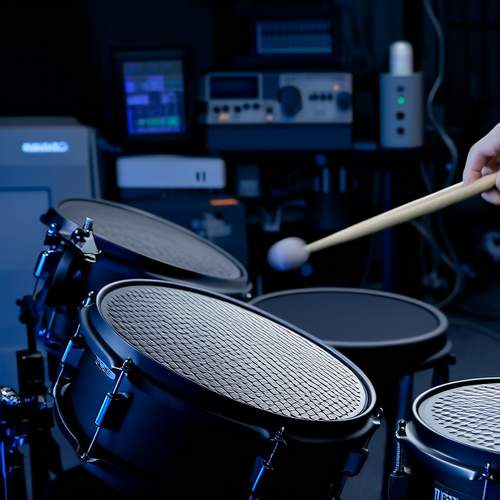
By /May 30, 2025
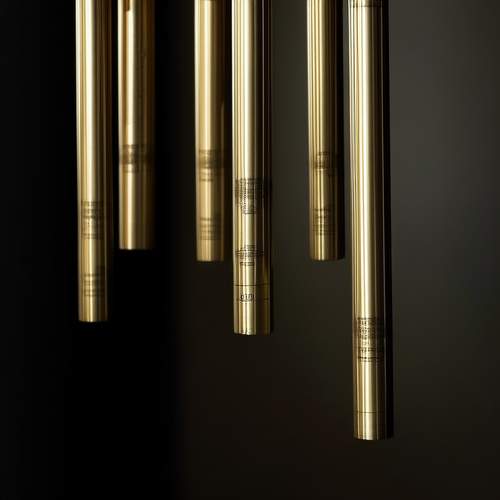
By /May 30, 2025
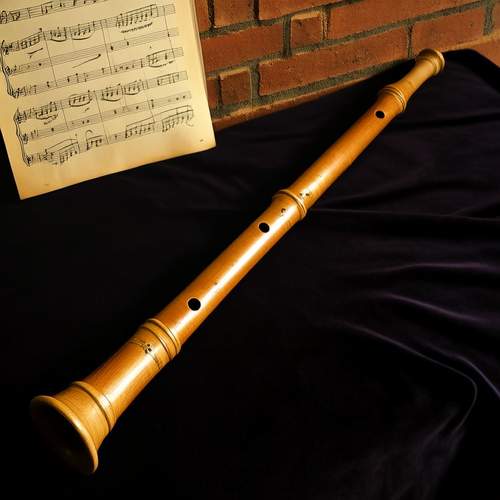
By /May 30, 2025
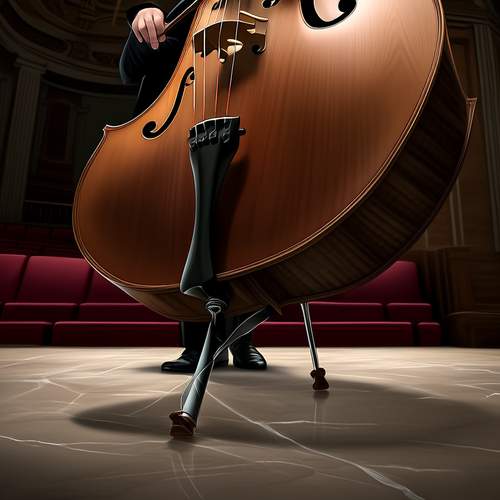
By /May 30, 2025
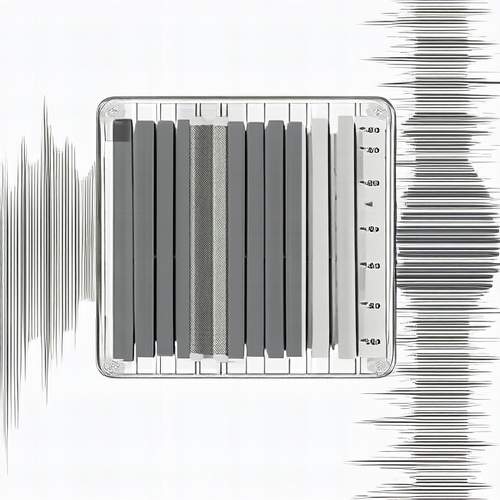
By /May 30, 2025

By /May 30, 2025

By /May 30, 2025
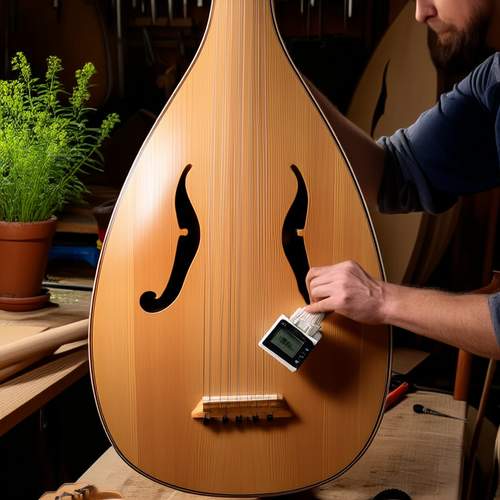
By /May 30, 2025
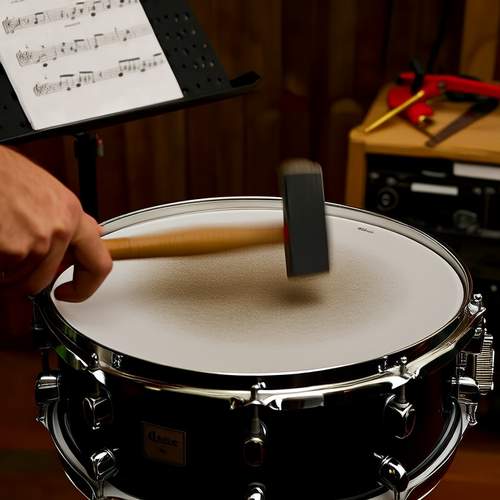
By /May 30, 2025
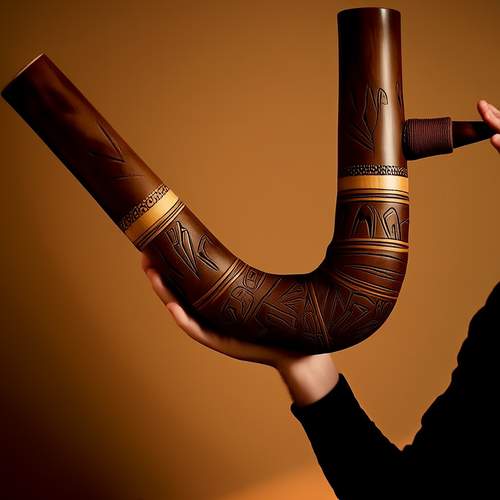
By /May 30, 2025

By /May 30, 2025

By /May 30, 2025

By /May 30, 2025

By /May 30, 2025
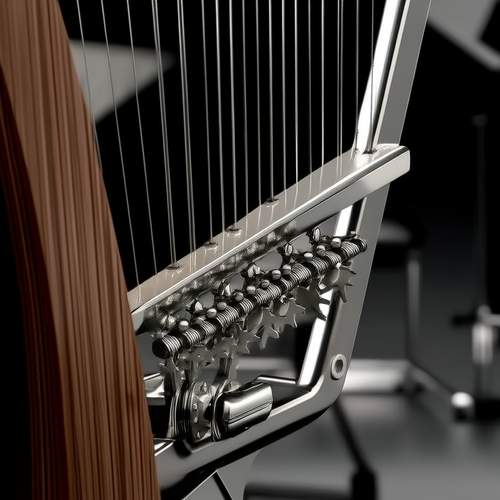
By /May 30, 2025

By /May 30, 2025
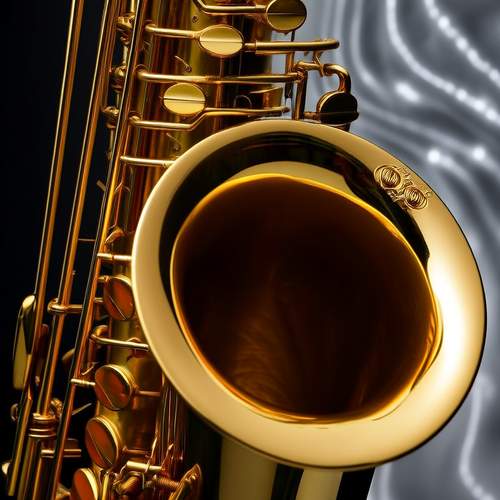
By /May 30, 2025
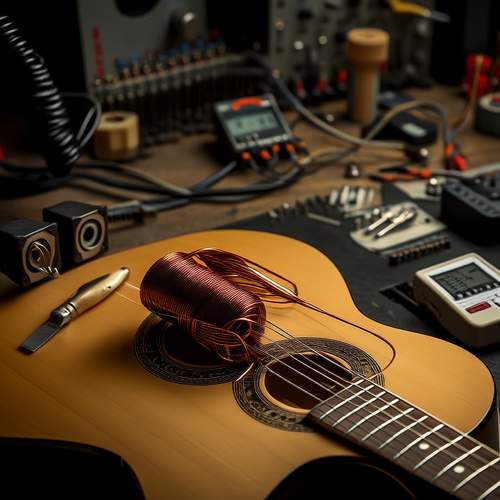
By /May 30, 2025
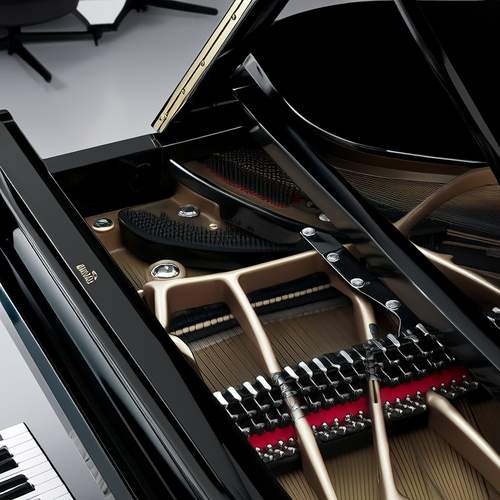
By /May 30, 2025
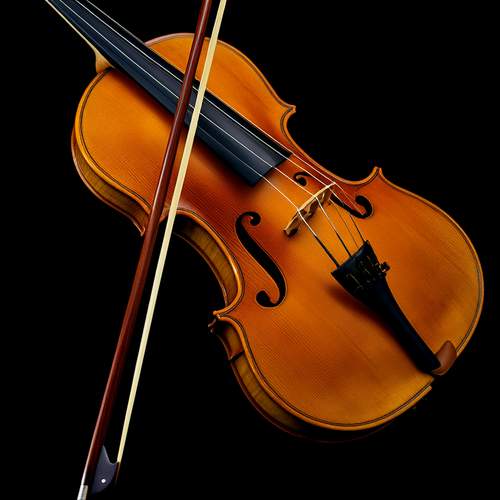
By /May 30, 2025